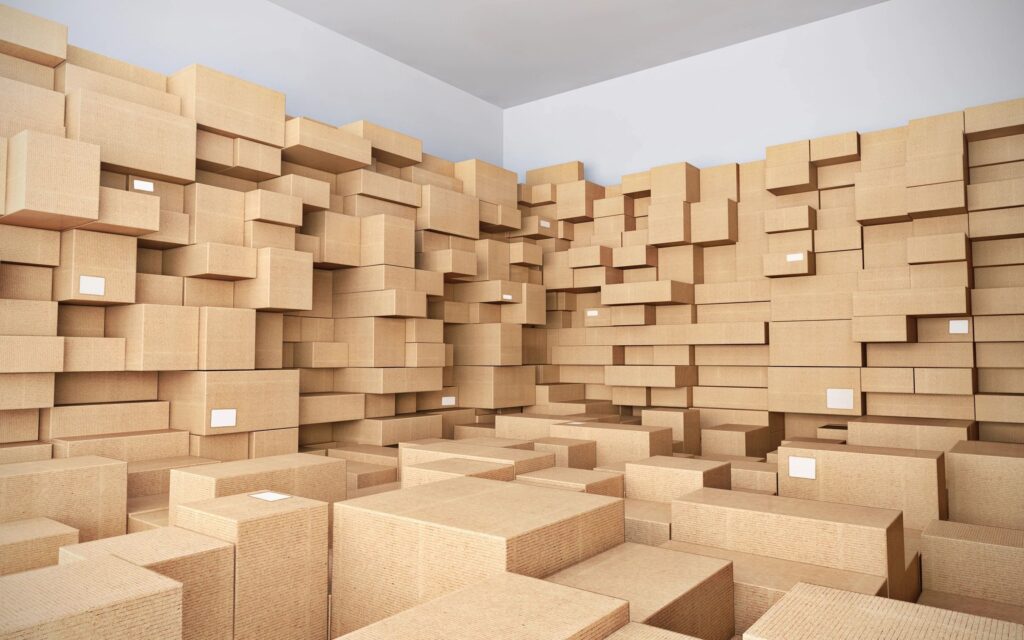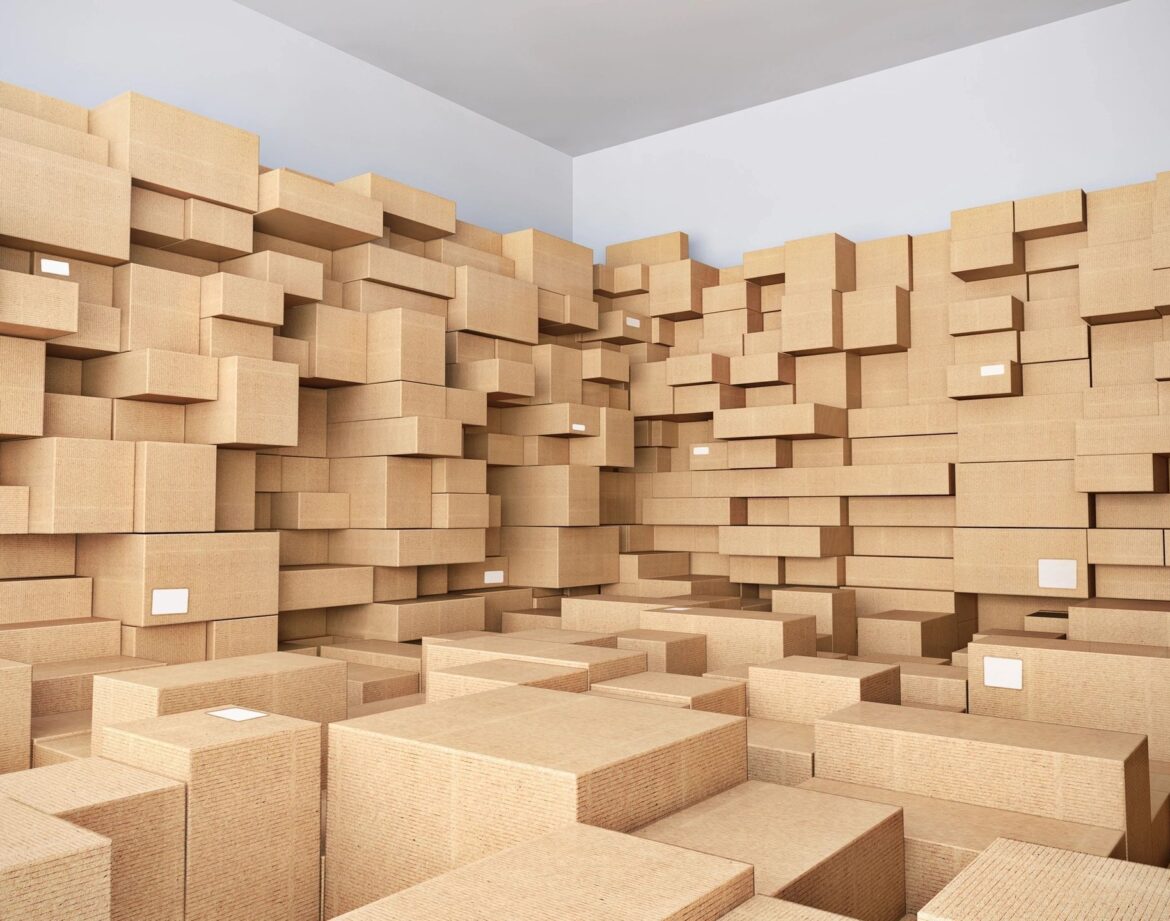How to Organize Your Storage Unit for Easy Access
A cluttered storage unit can make finding items frustrating. Without a clear system, you might waste time digging through boxes or, worse, damage your belongings. A well-organized storage unit not only saves space but also makes it easy to access what you need.
With a few smart strategies, you can turn your storage unit into a neat, functional space. Follow these steps to maximize space, protect your items, and ensure easy access.
1. Plan Before You Pack
Before you move anything into storage, take some time to plan. Consider:
- What items will you need most frequently?
- What is the best way to arrange everything for easy access?
- Do you need shelves or special storage solutions?
Creating a rough layout will help you decide where each box or item should go. Items you use often should be near the entrance, while seasonal or rarely used items can go toward the back.
2. Choose the Right Storage Containers
The type of container you use matters. While cardboard boxes are cheap and easy to find, they can break down over time. Instead, consider:
- Clear plastic bins – These allow you to see what’s inside without opening them.
- Stackable containers – Containers designed to stack properly can save space.
- Vacuum-sealed bags – Great for clothing, bedding, and soft items to reduce bulk.
If you do use cardboard boxes, make sure they are sturdy and properly sealed to prevent dust, moisture, and pests from damaging your belongings.
3. Label Everything Clearly
A good labeling system is essential for quick and easy access. Use large, bold labels on all boxes and bins. Be specific with your labels—for example, instead of just writing “Kitchen,” write “Kitchen – Pots & Pans” or “Kitchen – Small Appliances.”
For even better organization, create a master inventory list of everything in your storage unit. You can write it on paper, keep it in a spreadsheet, or use a storage inventory app on your phone.

4. Stack and Arrange Smartly
Stacking boxes is necessary to make the most of your space, but it needs to be done carefully:
- Heaviest boxes go on the bottom to prevent crushing lighter ones.
- Fragile items should be stored on shelves or at the top of stacks to avoid damage.
- Avoid stacking too high—if boxes are too tall, they can fall or be difficult to access.
Leave a little space between stacks of boxes so air can circulate, which helps prevent moisture buildup and mold growth.
5. Install Shelving for Extra Space
Shelving can transform your storage unit by giving you easy access to items without heavy lifting. Consider:
- Metal or plastic shelving units for durability
- Adjustable shelves for flexibility
- Wall-mounted hooks for hanging bikes, tools, or bags
Shelves are especially useful for small items, fragile boxes, and frequently used belongings.
6. Create Walkways for Accessibility
Many people make the mistake of stacking everything tightly against the walls. While this saves space, it also makes it difficult to reach anything in the back.
To avoid this problem, leave a small walkway down the center of your storage unit. If your space allows, you can also leave small gaps between stacks of boxes for better access.
7. Store Frequently Used Items in the Front
Think about what you’ll need to grab often—holiday decorations, important documents, tools, or seasonal clothing. Place these items near the entrance of your unit for quick access.
Larger or heavier items that you won’t need soon, such as furniture or old files, can go toward the back.
8. Disassemble Large Items to Save Space
If you’re storing furniture, disassemble it whenever possible. This includes:
- Removing table legs
- Taking apart bed frames
- Stacking chairs efficiently
Keep screws, bolts, and small parts in labeled plastic bags and tape them to the item they belong to. This prevents lost pieces when it’s time to reassemble.
9. Use Pallets or Tarps to Protect Items
Keeping your items off the ground can protect them from dust, pests, and potential moisture damage. You can use:
- Wooden pallets to lift boxes and furniture
- Plastic or cloth tarps to cover items for extra protection
This is especially important if your storage unit is not climate-controlled.
10. Make a Storage Unit Map
A simple hand-drawn map of your storage unit can be a lifesaver. Sketch out a basic layout showing where different categories of items are stored. Keep a copy inside the unit and another on your phone for quick reference.
11. Conduct Regular Maintenance Checks
Visit your storage unit periodically to:
- Reorganize if needed
- Check for any signs of damage or pests
- Remove items you no longer need
Doing this will prevent clutter from building up and help you keep track of what’s inside.
Final Thoughts
A well-organized storage unit saves time, space, and effort. By following these simple steps, you can ensure that your belongings stay safe, accessible, and easy to find whenever you need them.
Looking for a reliable self-storage option? Compare the best storage units on MyStorage today!

